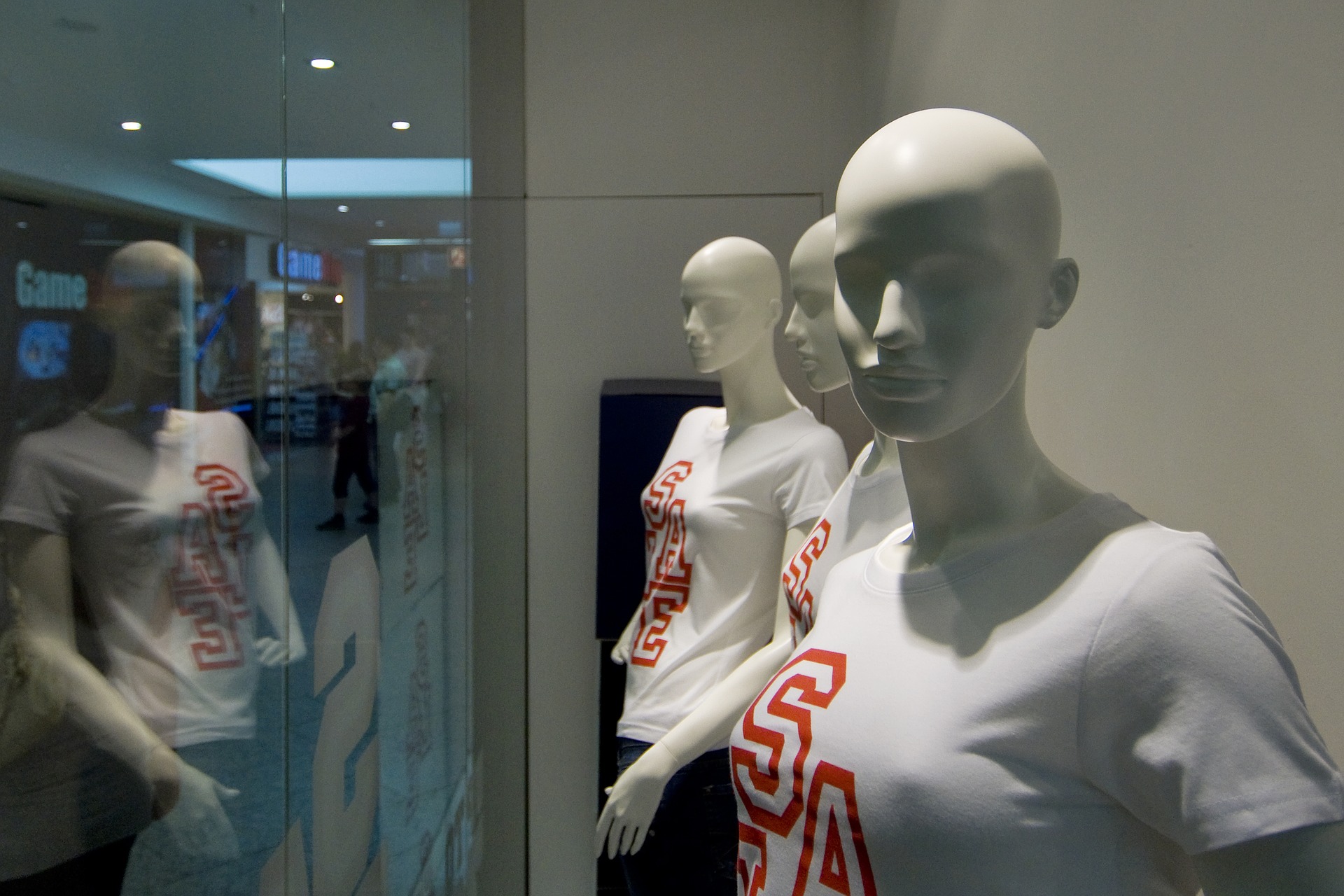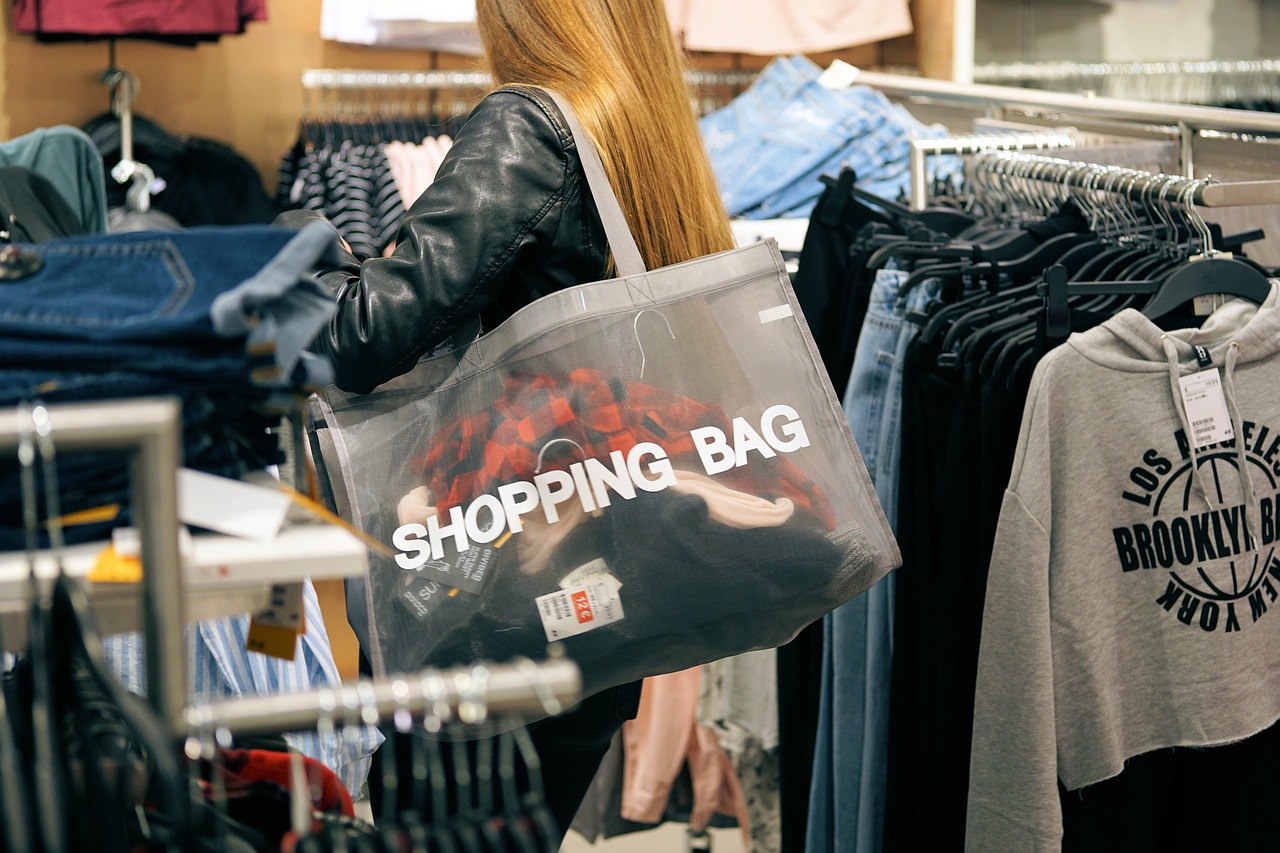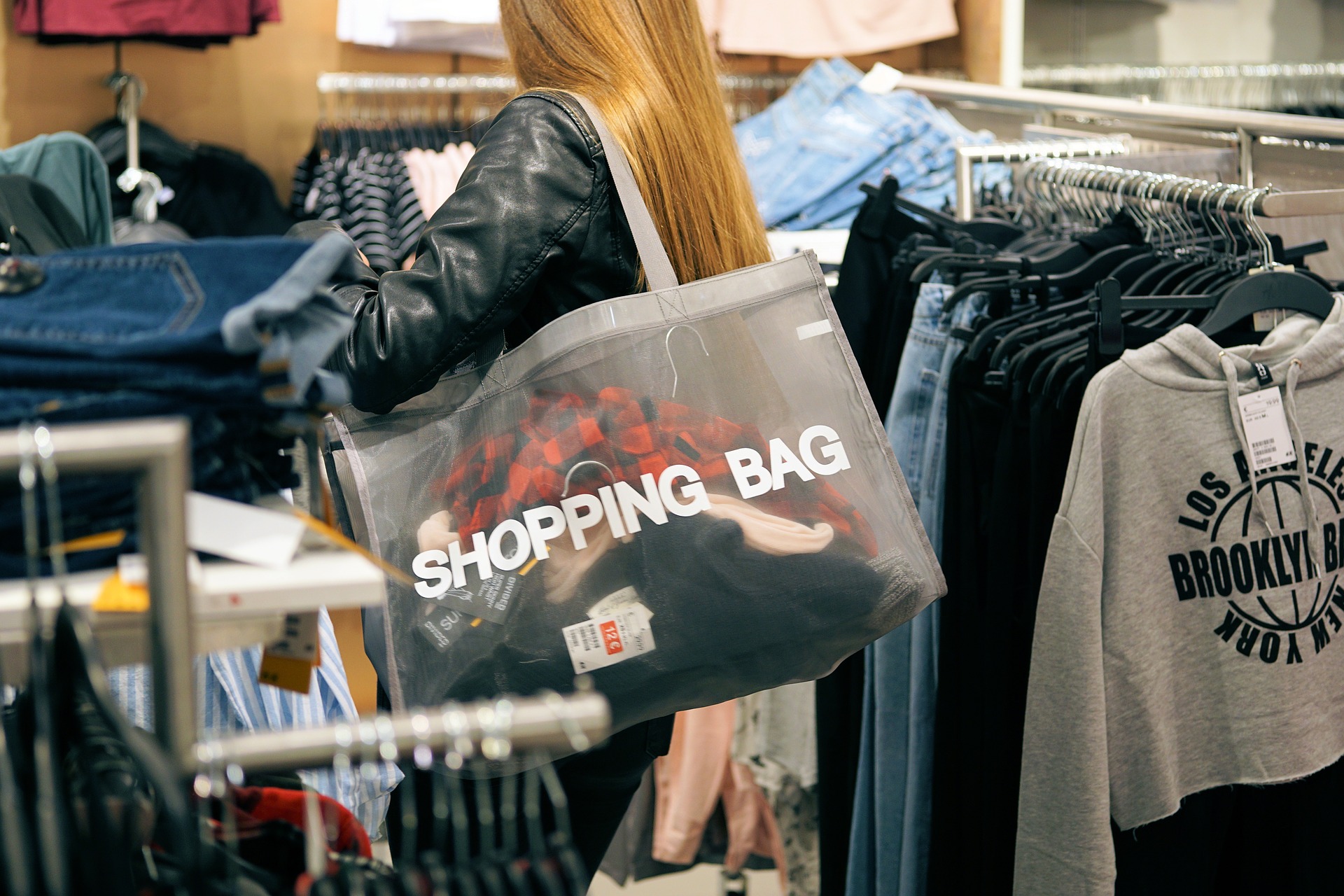“Look what I bought, it was such a bargain!” and “I heard that the sales season is starting tomorrow, we must go shopping” are just some harmless phrases that we as a consumer society have gotten used to. The fashion industry might seem mundane especially in today’s world when clothes are so cheap and easily available, but in fact the fashion industry has grown into a 3 trillion dollar industry with a profound impact on environmental sustainability, economic inequality and various other aspects of our everyday lives.
We are constantly reminded about all of this, but we are not really given any options on what we might be able to do about it. Recycle? Turn lights off when leaving the room? I found myself feeling powerless against this issue.
But what if I told you that we actually hold the power? That power is what we wear every day – our clothing. What we are not told about is the fact that the apparel industry has actually become one of the most polluting industries in the world, moreover this is the industry were child labour and forced labour is assembling.
Industry worth trillions
Over the past several decades globalisation has continued at an accelerated speed, trade barriers have softened, enabling major brands to outsource the production in pursuit of cheap materials and even cheaper labour. This is the rise of a system in which fashion is produced at low cost, high volume and incredibly high speed in terms of time taking from design to hitting the shop floor. In other words; this is fast fashion.
How does this cycle work? People find new trendy clothes, they fall in love with the design and buy them at extremely low cost. Then either when the low quality clothing falls apart or there is no longer a use for it (because, hey – it is already out of fashion, right?) it is been thrown away and people go buy more items. According to EPA (The United States Environmental Protection Agency), 13.1 million tons of textile are trashed every year and only 15 percent or 2 million tons are recovered to reuse or recycle.

Aftermath of consumerism
Often, the products are cut in one location, assembled in another and have to cross multiple oceans before they end up in our hands. Your super trendy shirt had a long trip across the world in a container ship, which was fuelled up by fossil fuels. That is an often forgotten aspect of globalisation. Comes to no surprise that it has been estimated that fashion industry itself is responsible for 10 percent of the world’s carbon footprint. But the story does not end here.
The manufacturing processes is where things get distressing. Firstly, each kilogram of cotton (did you know that cotton is the fourth largest pesticide consuming crop?) leaves behind 3.3 kilos of carbon emissions. Thus, it takes 2700 liters of water to make just one cotton shirt and that is enough for one person to drink for 900 days. Secondly, 90 percent of dye houses in the developing world release the dye directly into local freshwater sources, and that eventually infers the industry of apparel as the second greatest polluter of fresh water globally. Finally, polyester, a polluting plastic made from fossil fuels, is now in over half of our clothing and is used four times as much as cotton.
Consumer capitalism
The whole fashion industry connects millions and millions of people all over the world – starting from agriculture and manufacture and ending with retail. It is no secret that today in 2017 we have some of the highest levels of inequality and environmental destruction the world has ever experienced.
As much as global capitalist economy depends on extensive consumption in the well-off countries, it also depends on extensive cheap labour in less developed countries. Therefore, there is no such a thing as individual or personal consumption – your consumption affects us all.
Consumption is a tool for maintaining the global capitalist economy. We must find an approach to continue to work in a globalised world that appreciates our planet and people, which are the fundamentals for growth.

Buy or not to buy?
Wearing the same clothes over and over again does not sound that charming, does it? What to do then?
- Try to take better care of the products that we own already.
- Be adventurous – go on a gem hunting in secondhand shops.
- Choose ethical brands.
- Buy less. It is worth asking yourself a few questions before making the decision. Do you really need the item? Is it good quality and durable? Is it made from sustainable material? Was it made fairly and humanely?
By Christiana Nitiša
Photo Credits:
Venere degli stracci, Morry39, CC BY-SA 4.0
Mannequins, SofiLayla, CC0
Fashion shopping bag, webandi, CC0








